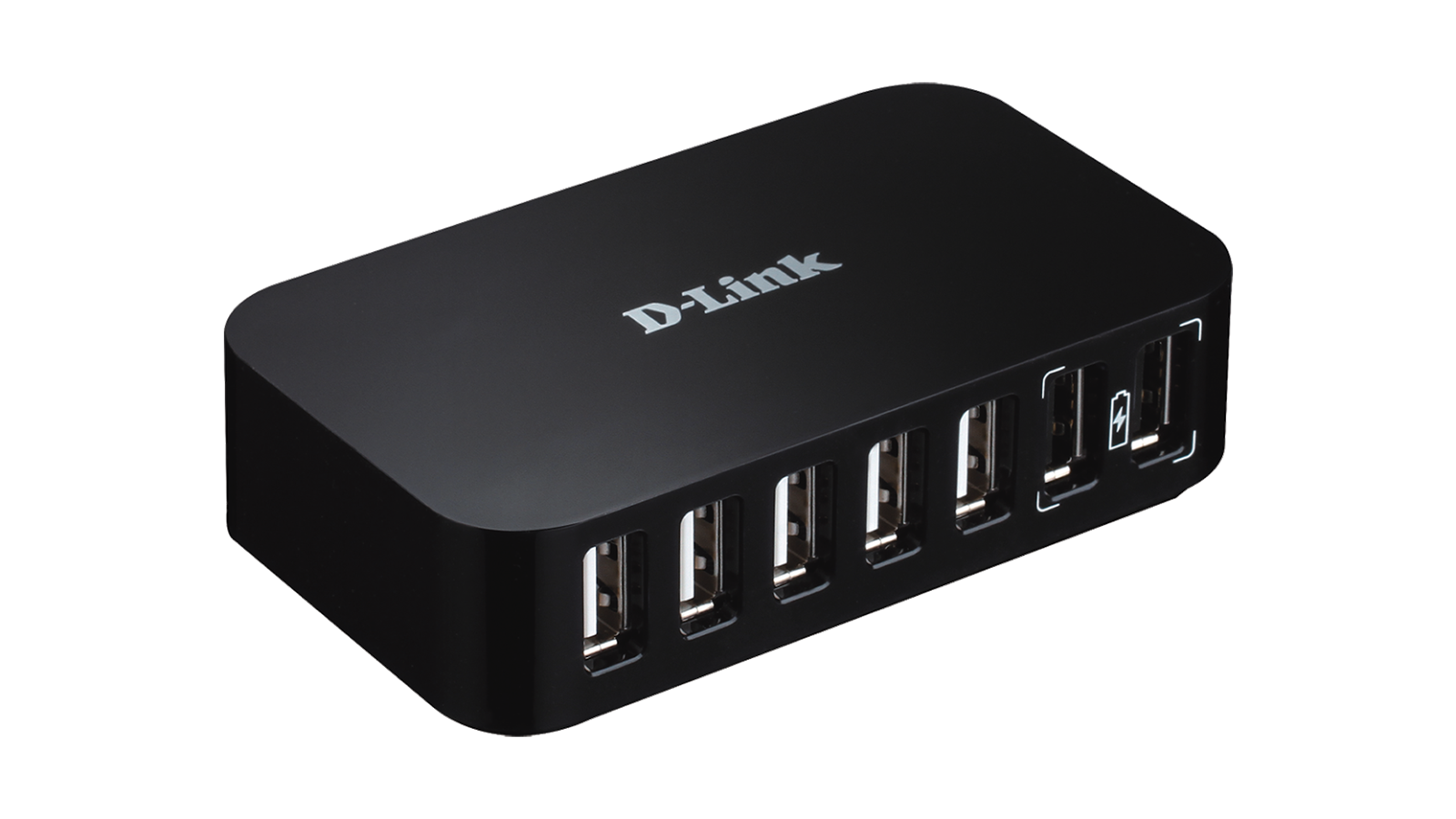Es Hub is quickly gaining traction in the energy sector as a groundbreaking solution for energy storage and management. The escalating demand for renewable energy sources has driven the development of innovative technologies, with Es Hub leading the charge. This article explores the essence of Es Hub, its pivotal role in the energy ecosystem, and the transformative impact it can have on consumers and industries alike.
The emergence of Es Hub is closely tied to the increasing need for efficient energy distribution and storage systems capable of addressing the variability inherent in renewable energy sources such as solar and wind. As governments and organizations strive to achieve sustainability targets, understanding Es Hub becomes imperative. This comprehensive guide will delve into the mechanics of Es Hub, its advantages, challenges, and its contribution to building a sustainable future.
By the conclusion of this article, you will possess a comprehensive understanding of Es Hub and its implications for energy management. Whether you're a homeowner seeking to lower energy expenses or a business leader committed to sustainability, this guide will equip you with valuable insights.
Read also:Unveiling Jesse Bradford The Actor His Career And His Height
Table of Contents
- What is Es Hub?
- Why Es Hub is Essential for Energy Management
- How Es Hub Operates
- Key Benefits of Implementing Es Hub
- Overcoming Challenges in Es Hub Adoption
- Real-World Success Stories of Es Hub
- The Promising Future of Es Hub Technology
- Final Thoughts
What is Es Hub?
Es Hub is an advanced energy storage and management system designed to optimize the utilization of renewable energy sources. It functions as a centralized platform that integrates a variety of energy sources, including solar panels, wind turbines, and traditional energy grids. With Es Hub, users can effectively store surplus energy generated during peak production periods and redistribute it during low-production intervals.
This system not only enhances energy efficiency but also supports grid stability, making it a cornerstone for future energy infrastructure. As global energy demands continue to rise, the importance of innovative solutions like Es Hub becomes increasingly evident.
Why Es Hub is Essential for Energy Management
To fully grasp the significance of Es Hub, it is crucial to examine its role within the broader context of energy management. Below are some compelling reasons why Es Hub plays a vital role:
- Promoting Renewable Energy: Es Hub enables the seamless integration of renewable energy, facilitating a smoother transition away from fossil fuels.
- Energy Independence: By leveraging local energy sources, communities can decrease their dependence on external energy supplies.
- Cost Efficiency: Efficient energy storage leads to reduced energy expenses for both households and businesses.
How Es Hub Operates
The functionality of Es Hub relies on cutting-edge technology. Below is a detailed explanation of its key components:
Energy Storage
At its foundation, Es Hub gathers excess energy produced by renewable sources. This energy is then stored in batteries or other storage mechanisms, ensuring it is available for use during periods of reduced production.
Energy Distribution
Es Hub does more than just store energy; it also manages its distribution. Through smart grids, it ensures that energy is delivered to where it is most needed, precisely when it is required.
Read also:Exploring The Life Career And Net Worth Of Maureen Mccormick
Monitoring and Analytics
Es Hub systems are often equipped with sophisticated monitoring tools that offer real-time data on energy production, consumption, and storage levels. This capability empowers users to make well-informed decisions regarding their energy usage.
Key Benefits of Implementing Es Hub
Implementing Es Hub technology comes with a multitude of advantages:
- Improved Grid Reliability: By balancing energy supply and demand, Es Hub enhances the overall reliability of the energy grid.
- Environmental Impact: Decreased reliance on fossil fuels contributes to a reduction in carbon emissions.
- Economic Opportunities: The expansion of Es Hub technology can spur job creation in the renewable energy sector.
Overcoming Challenges in Es Hub Adoption
Despite its numerous benefits, several challenges hinder the widespread adoption of Es Hub:
- High Initial Costs: The substantial upfront investment required for Es Hub systems can be prohibitive for many consumers and businesses.
- Technological Complexity: Combining multiple energy sources into a single system can present significant technical challenges.
- Regulatory Hurdles: Current energy regulations may not be compatible with the innovative approach that Es Hub represents.
Real-World Success Stories of Es Hub
Several communities and organizations have successfully implemented Es Hub systems, proving its viability:
- California's Energy Storage Initiative: A program that combines solar energy with storage solutions, leading to substantial energy cost reductions for residents.
- Germany's Renewable Energy Strategy: A nationwide commitment to renewable energy supported by numerous Es Hub projects across the country.
The Promising Future of Es Hub Technology
The future of Es Hub technology is bright, with ongoing advancements in battery technology, smart grid infrastructure, and renewable energy sources. As these technologies continue to evolve, Es Hub is poised to play a crucial role in the global transition toward sustainable energy solutions.
Final Thoughts
In summary, Es Hub represents a significant advancement in energy management, with the potential to revolutionize how we harness renewable energy. Its critical role in supporting sustainability goals, coupled with its myriad benefits, makes it a focal point for future energy strategies. We encourage readers to engage further with this topic—leave a comment, share this article, or delve deeper into renewable energy solutions.
Thank you for taking the time to explore Es Hub. We look forward to welcoming you back for more insightful content on energy management and sustainability!


